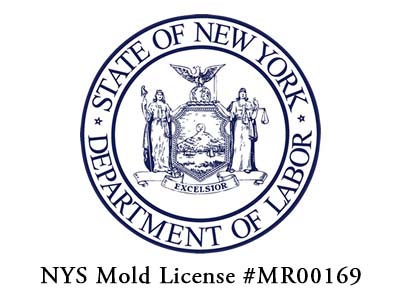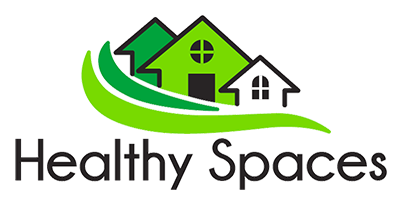Mold Inspection
A Mold Inspection is different from a Mold Assessment, which is a preliminary step provided by Healthy Spaces to help you determine whether you have a mold problem and what potential remediation steps would be appropriate as a solution. Reviewing the Signs of Mold and Healthy Spaces steps will ensure your home or business will return to a Healthy Space.
Steps to Effective Water Damage Restoration:
There are many types of mold, and none of them will grow without water or moisture. Mold begins growing when spores land on surfaces that are wet or damp. To mitigate the issue, you need to identify the source of moisture and correct that problem first. After you remove the mold safely, you can be comfortable that it won’t return.
Mold spores – especially spores disrupted during mitigation – can spread throughout your home, increasing health problems and spreading mold to previously uncontaminated areas. The proper equipment ensures this does not happen and the mold is in a sealed-off area.
Over time, buildings begin to settle, foundations crack, and water seeps in. Aside from damaging everything it comes into contact with, a water leak can pose serious health risks by cultivating mold and mildew. The solution is to manage the water and humidity in your home, preventing mold from cultivating.
After a thorough inspection, Healthy Spaces will guide you through protecting your home from mold and water leaks. We’ll provide a full description of solutions and a detailed estimate to restore your home to a Healthy Space.

Mold Assessments
All Mold Mitigation efforts should begin with an assessment of your unique situation.

Under New York State law, mold assessment and remediation services are mandated to be performed by two different entities – the same person or business cannot do both. This law helps prevent the homeowner or business owner from having mold concerns.
Healthy Spaces Inc. is certified as a mold mitigation specialist in New York State. We will recommend one of several Mold Assessors we commonly work with and manage the process for you, or you can contact a Mold Assessor of your choice directly. We will guide you through the assessment process and recommend the best strategies to address your mold problems.
